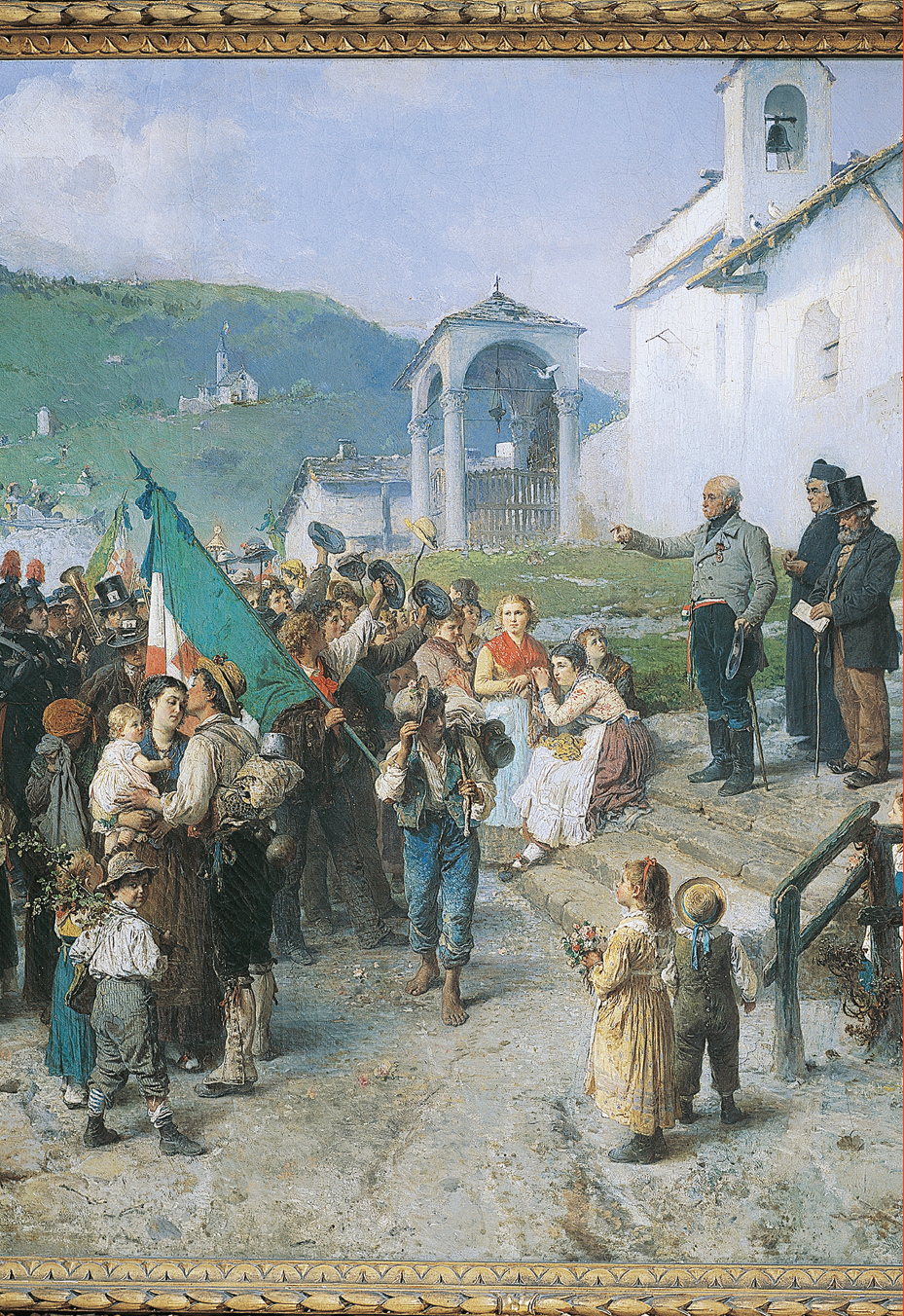Understanding Western Society
Printed Page 706
Introduction for Chapter 23
23
THE AGE OF NATIONALISM
1850–1914
>How did nationalism shape the development of Western government and political life in the second half of the nineteenth century? Chapter 23 examines the rise of nationalism and the nation-
LearningCurve
After reading the chapter, use LearningCurve to retain what you’ve read.

> CHAPTER CHRONOLOGY
| 1839– |
1880s |
| – Western- |
– Educational reforms in France create a secular public school system |
| 1852– |
1880s– |
| – Reign of Napoleon III in France | – Widespread return to protectionism among European states |
| 1859– |
1883 |
| – Unification of Italy | – First social security laws to help workers in Germany |
| 1861 | 1890– |
| – Freeing of Russian serfs | – Witte initiates second surge of Russian industrialization |
| 1861– |
1905 |
| – U.S. Civil War | – Revolution in Russia |
| 1866 | 1906– |
| – Austro- |
– Social reform in Great Britain |
| 1870– |
1908 |
| – Franco- |
– Young Turks seize power in Ottoman Empire |
| 1870– |
1873 |
| – Kulturkampf, Bismarck’s attack on the Catholic Church | – Stock market crash spurs renewed anti- |